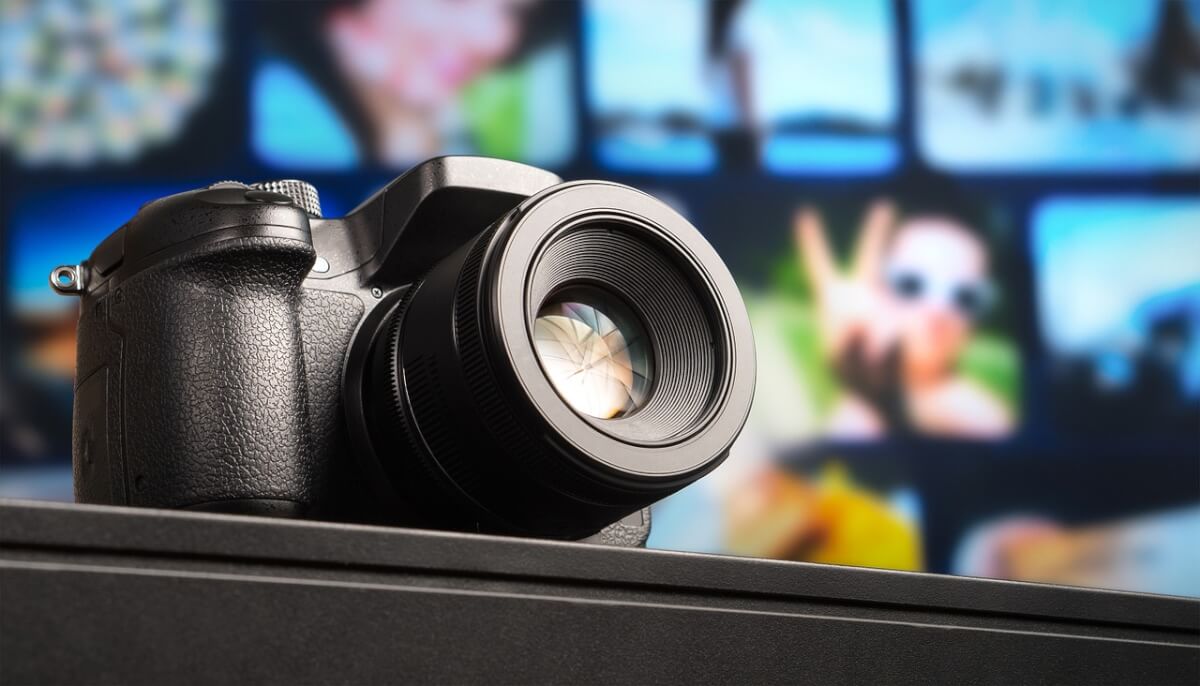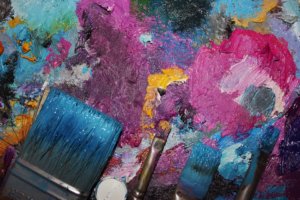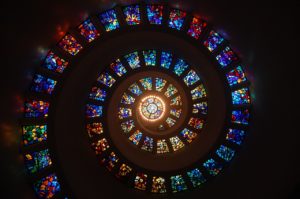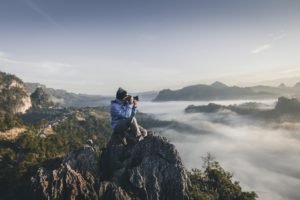One of the least explored creative uses of the digital camera is black and white photography. With a little practice in developing an eye for when it will be effective, taking photos in black and white can be a rewarding addition to your photographic repertoire.
The biggest problem beginning photographers have when experimenting with monotone photography is knowing how to look at a picture with grayscale in mind. Color tone, or contrast, takes on a much larger importance, since the ordinary color distinctions are lost. Training your eye to register color intensity takes some effort. To help speed up this process, use the black and white setting on the camera. Although there is no real advantage to this from the imaging standpoint, since even free photo editors admirably convert images to grayscale and sepia monotones, when you change the camera setting, the display changes, letting you actually see the picture as it will be. This helps to spot problems with color tones blending together, unwanted shadows, and other problems that wouldn’t be noticeable in color. Practicing previewing in this way can help educate your eye, and soon you will become aware of the distinctions even without the camera.
With the removal of color, the photographer must look at his prospective image with new eyes: Linear patterns and shadows can be much more striking in black and white than in color. Look for lines and shapes that define the images – photos that would be quite ordinary in color take on drama in monotones. The ratio of darks to lights (contrast) affects your shot more drastically as well. To create a delicate sense, you can fill the image with light area, creating an otherworldly look. A more somber shot might have a higher ratio of dark space. Experiment with mood – it can often be more easily expressed with the simplicity of black and white.
Black and white portrait photography can produce extraordinary results. The loss of color can mean the loss of many potential defects – blemishes, flushes, red noses and the like can fade away, leaving a more flattering shot than one truer to the real thing. Careful lighting can either accentuate features like wrinkles, or reduce them. Try to choose the lighting to help show what you want to say. Generally, it is best to fill the frame with your subject, unless there is something in the background that is important to the story you are telling about him. Remember, simple images are often the strongest.
Scenery photography can also be more dramatic in black and white. One of the problems in photographing distant points is haze that washes out the colors. This is no problem in black and white! Bring out nature’s drama by using light and dark rather than color. Anyone who has doubts about nature photography in black and white need only look at Ansel Adams’ work.
Whether you’ve tried monotone photography before and haven’t been thrilled, or it’s a new experience for you, you can learn to take stunning photographs in this manner. The basic elements of good photography are the same – composition, contrast, depth of field, focus, lighting, exposure, etc. You just need to learn to see slightly differently – contrast, lighting and exposure have more impact on the final image, and need to be considered more carefully. However, with some practice (and with digital film there is no need to be stingy about the number of exposures), someday you may find your best photos to be in black and white.
Submitted by:Carol A MillerInterested in learning more about digital photography basics? Then visit http://www.DigitalPhotography4All.com where you can get real information for regular folks, and lots of ideas to improve your own digital photography. |







